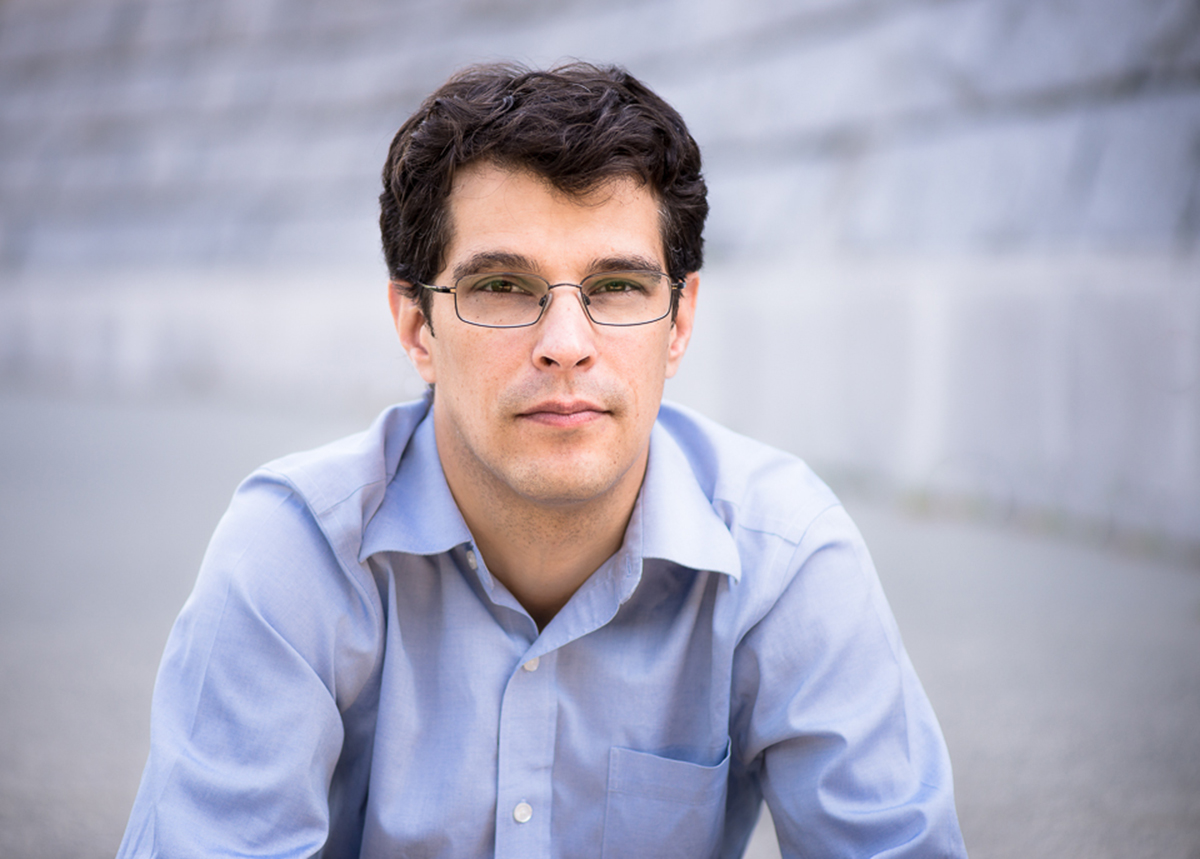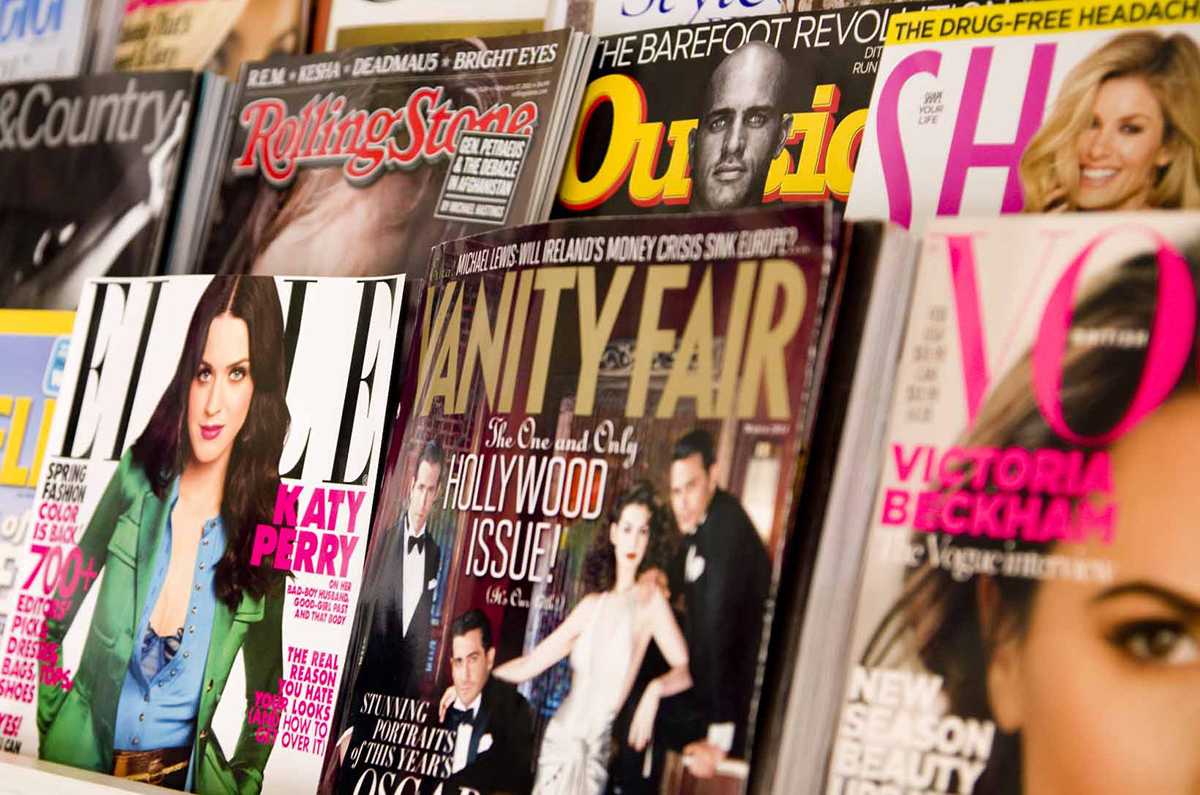Top Stories
Portrait of the Artist as a False Accuser
An artist should be able to create whatever artifact she likes out of the tissue of her own reality—within such boundaries prescribed by libel law.

In 1976 and 1977, New York City was terrorized by one of America’s most infamous serial killers. Before being captured in front of his Yonkers home, David Berkowitz killed six victims, and wounded seven others. Berkowitz claimed he was following the orders of his neighbour’s dog, whom he described as being connected to a demonic figure named Sam. “I am a monster,” Berkowitz wrote in one of the notes he left for police. “I am the ‘Son of Sam.’”
Berkowitz was sentenced to six life sentences, and remains in jail to this day. His legacy includes not only the horrific crimes he committed, but also a special kind of legislation inspired by fears that the killer would sell his lurid and sensational story to a publisher or studio. The “Son of Sam” law created by New York State in 1977, which exists in modified form to this day, required that revenues from a criminal’s descriptions of his crimes be deposited in escrow and disbursed to his victims. And while Berkowitz’s crimes were especially horrific, these laws can apply to all crimes—including the sexual abusers now being outed in the wake of #MeToo. As one of the original statute’s authors explained, “it is abhorrent to one’s sense of justice and decency that [such] individual[s] can expect to receive large sums of money for [their] story.”
Over the summer, an art show in New York City prompted us to ask whether this same moral logic applies when the facts are reversed. Specifically: How should we feel about a false accuser turning her story into a commercially successful art project—even as the target of her claims hovers on the brink of suicide and bankruptcy?
At the centre of the back story was a well-known academic accused of conducting a reign of sexual terror within one of Canada’s most famous universities—including drugging and raping a student on the floor of his office during business hours. As soon as the alleged victim came forward in 2015, the professor was exiled from campus, taken into custody, strip-searched, and cast into disgrace, his career in ruins. Once a best-selling author and department chair, he became a middle-aged husk whose only income derived from shovelling gravel at minimum wage. On social media, and even among former friends and peers, he was written off as a rapist. Only now is his reputation finally being rehabilitated.
The professor in question was, of course, former University of British Columbia creating writing chair Steven Galloway, author of The Cellist of Sarajevo. Three years ago, a woman identified in university documents as “MC” claimed that Galloway had raped her in his office on UBC’s Point Grey campus. It was also claimed that almost 20 other victims from the creative-writing community would be coming forward to offer their own tales of abusive conduct.

But then the case against Galloway fell apart. A former B.C. Supreme Court justice, Mary Ellen Boyd, found that MC’s story didn’t hold up under investigation. As noted by Brad Cran in his exhaustive Quillette report, a handful of much more minor accusations hurled at Galloway also dissolvedas soon as Boyd started asking hard questions. Following protracted negotiations, UBC paid Galloway C$167,000 in damages for public statements that violated his privacy rights and harmed his reputation—followed by another C$60,000 several months later. (As for, MC, her real name—Caralea Cole—is now common currency in the media following a widely reported defamation suit launched against her, and several dozen others, by Galloway.)
Yet MC stood by her accusations. Indeed, she claims a second form of victimization—the loss of her voice as an artist during the years that have passed since her consensual affair with Galloway.
“You are no longer able to create anything new,” she wrote in the artist statement accompanying her exhibit, which ran at High Noon Gallery in Manhattan from July 6 to August 26. “When an idea finally comes to you, you wince and feel sick because you know it’s the only thing you can do, and you don’t want to do it. If you can’t create, then you have to subtract, take the already existing radioactive material in the Rape Narrative and transform it. Redaction is a violent act. It was wielded against you and others, against every woman who comes forward.”
When I asked High Noon owner Jared Linge whether the term Rape Narrative had been scrutinized by lawyers before the exhibition opened, he demurred, suggesting that I contact MC (which I attempted to do, without success). But according to the gallery’s carefully worded promotional materials, the term was “sanctioned by [UBC] after she disclosed being sexually harassed, assaulted, and abused by a professor. [The artist] brilliantly and daringly reclaims the process of redaction and transforms her Rape Narrative into an immersive sequence.”
Presented as a visual meditation on “the destructive cultural institutions of power and indulgence, like Martin Luther’s Ninety-Five Theses,” the exhibit consisted of 48” x 37” panels that suggest a heavily redacted account of the creator being stalked and sexually assaulted by a professor. The underlying document, it turned out, was MC’s own written submission to the university back in 2015: She redacted her own statement.
In broad strokes, the enterprise was cast as an act of therapy. “It’s not just what he did, but that he was able to do it for so long,” said the artist. “The Rape Narrative spans six years, and the losses keep piling up. It makes you sick and sad and filled with rage that it went on for so long. But that’s not on you. That’s on him.” Through the wording that is presented to viewers, the panels effectively prosecute the accusations of rape that Justice Boyd rejected. One panel reads: “On my back, on the floor of his office. He straddled over me…pushing up my dress…’Please no, please no’…begging him…came to, naked…he had finally got what he wanted…I did not exist.”
Who’s the “him” and the “he”? While everyone with access to a web browser knew it to be Galloway, neither the artist nor the gallery spoke the man’s name. And the whole artistic conceit of the “Rape Narrative” seems to have been carefully worded to avoid a libel suit. Linge told me, in our phone interview, that the exhibit “is immersive, like a Rothko Chapel. The black redaction is very beautiful, very painterly.” Which may well be true. (I didn’t see the exhibit, except for the images on the gallery web site.) But there is still no getting around the fact that the substance of the exhibit consists of marked up documents alleging a criminal act that Boyd concluded, even on the loosest of evidentiary standards, simply never happened.

When I ask Linge about this unusual—some might say unsettling—aspect of the show, he tried to draw a line between the documents as evidence and the documents as art: “The documents are just the source material. The art is something different.” He also added that buyers seem enthused. “A number of collectors already have picked out certain pieces that have resonated with them,” he told me, though he won’t disclose the price they are paying.
I can’t imagine how all this must strike Galloway. Not only will wealthy New Yorkers have unsubstantiated accusations against him hanging on their living-room walls, they will be paying for the privilege, with the proceeds going to the woman who ruined his life. Certainly, the gallery’s description of the genteel opening reception for the show (“Refreshments will be served”) must have struck him as cruelly surreal.
* * *
New York State’s Son of Sam law has been challenged repeatedly since it was passed more than four decades ago, largely on First Amendment grounds. And rightly so. My own view is that anyone should be able to sell the rights to their own life’s story—even a criminal. And if MC can get people to buy oversize, digitally altered versions of rejected rape claims, that should be legal, too.
Of course, we can still abhor that which we permit. But MC’s artistic self-promotion may not be as cynical as some may suspect. “I have worked with [MC] for nine years, and this was the first time I have seen her unable to create,” Linge told me. That strikes me as credible, because I believe it is possible that MC truly does believe, on some level, that her “Rape Narrative” is real, no matter the truth of what actually happened. During my own investigations into the Galloway affair, as both author and editor, I have heard MC described by those who know her as volatile in mood and perspective. Putting issues of mental health to one side, an artist should be able to create whatever artifact she likes out of the tissue of her own reality—within such boundaries prescribed by libel law.
During our interview, Linge politely deflected questions about MC’s own experience, while also emphasizing that there are “universal” themes within the exhibit that go beyond the question of what did or did not happen to MC. He told me that 80% of the artists who show at his gallery are women, and he saw MC’s show—which was in the works even before the #MeToo movement began in 2017—as part of his larger mission to “promote voices that aren’t often heard.”
Linge added that one of his own close family members has experienced something similar when she came forward with a sexual-abuse allegation against a student athlete at her university: “The system often seems designed to present the victim as lying. [The woman] could not get her own report from the police station because the school was mostly concerned about the [accused’s] reputation.”
Artists always have enjoyed leniency to bend history to their purposes. The Rape of The Sabine Women has inspired masterpieces by numerous masters (Nicolas Poussin alone produced two versions), despite the fact that what the early Romans actually perpetrated on the Capitoline Hill seems to have been something closer to mass abduction. And just as a lonely composer can create an emotionally resonant and authentic-seeming love song, a woman judged not to have not endured rape may create art that captures the experience of the millions of woman who have.
And let’s not forget that Galloway is an artist himself. For two and a half years, he obeyed his lawyers’ advice and said nothing in public. But now that the university has paid him for his suffering, and important details of Justice Boyd’s report have been reported, there is nothing that prevents him from channeling his own thoughts and feelings about both MC and UBC into his next novel.
At the very least, it could help Galloway pay off his debts while he finds his next job. I could never get through The Cellist of Sarejevo. But Ambush At Point Grey—that’s another story.






